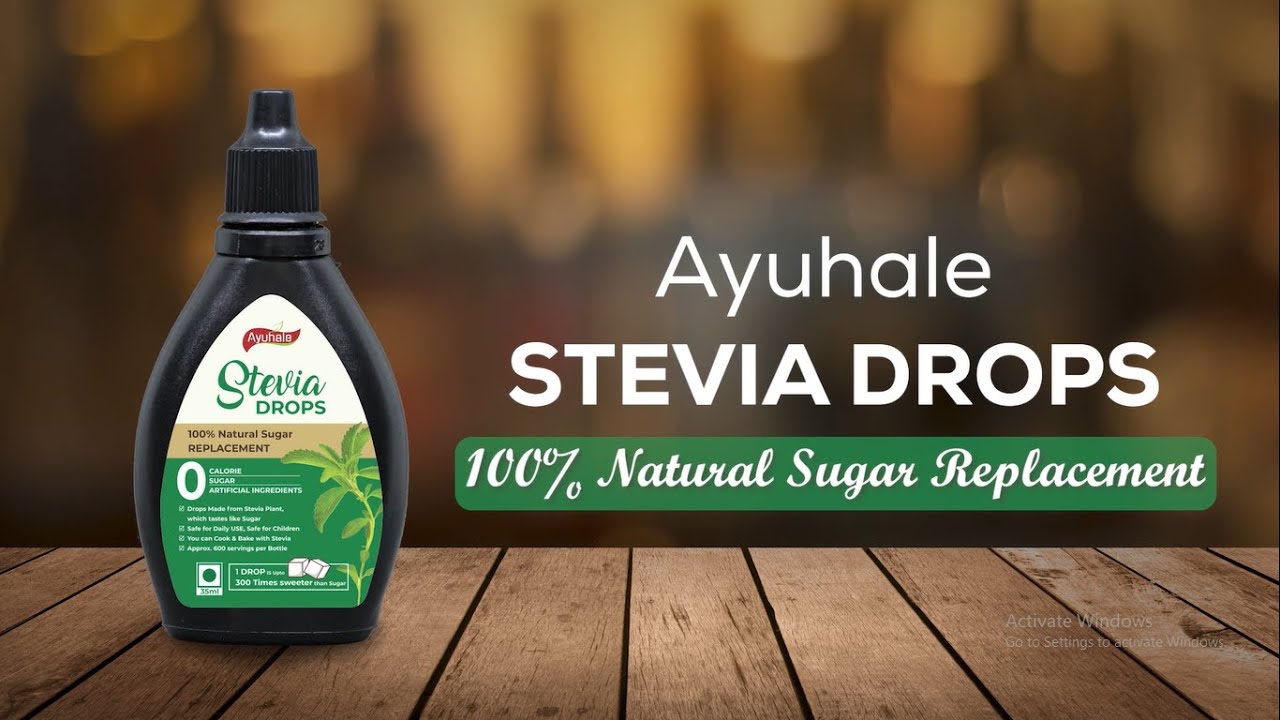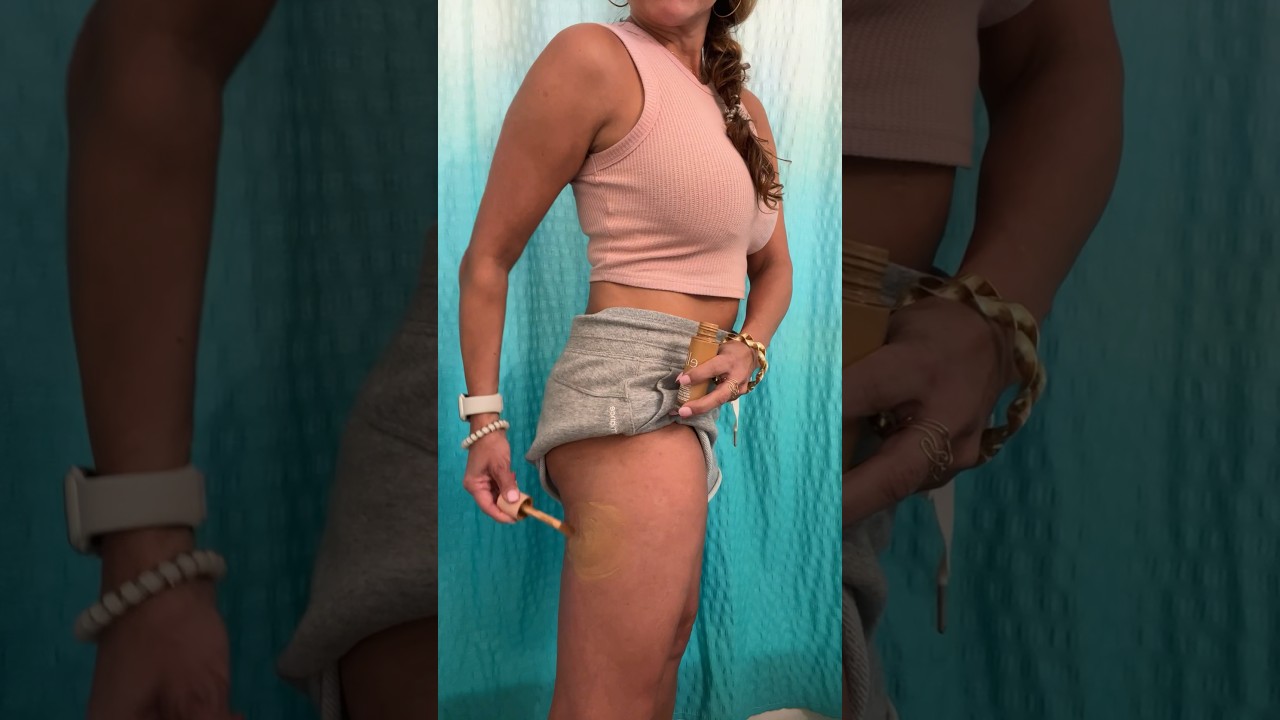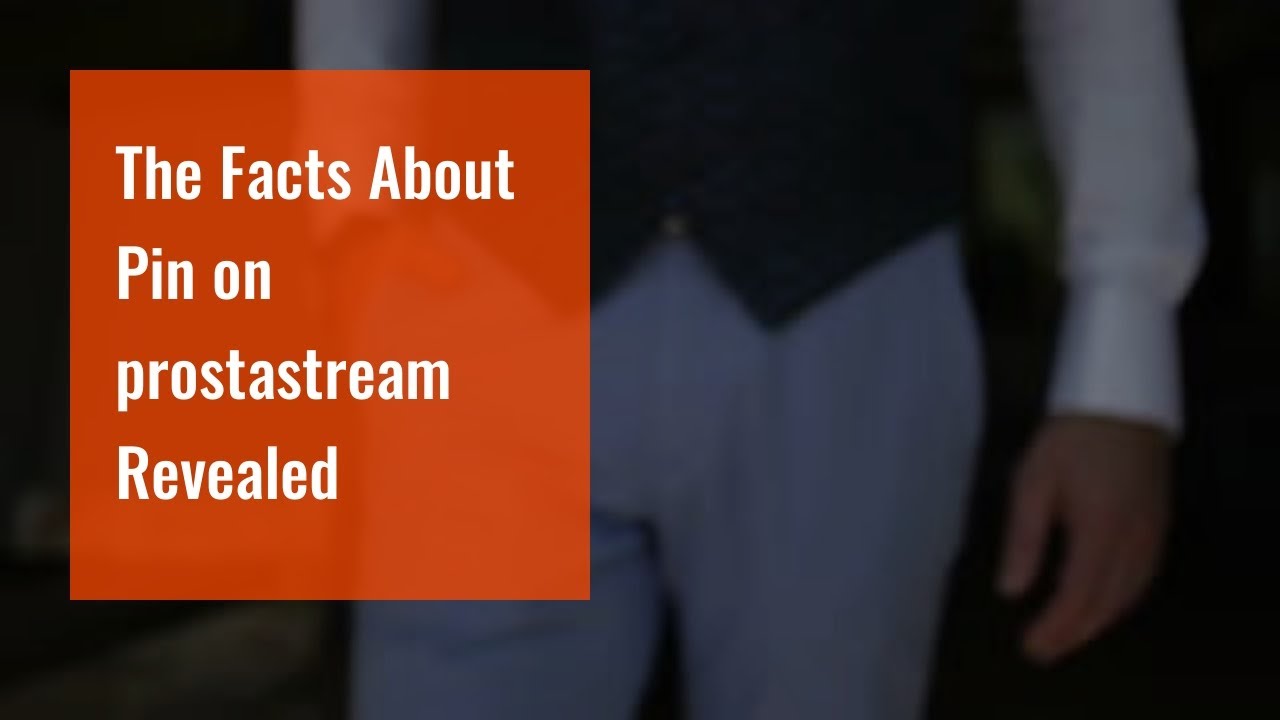#steviadrops #naturalsugar #tymkhealthandwellness
“” STEVIA DROPS “”
“0 Calorie/ 0 Sugar/ 0 Artificial Ingredients
100% Natural Sugar REPLACEMENT
– Drops Made from Stevia Plant, which tastes like Sugar
– Safe for Daily USE, Safe for Children
-You can Cook & Bake with Stevia
– Approx. 600 servings per Bottle
– 100% Veg & Other Logo
– 1 DROP IS Upto 300 Times sweeter than Sugar
———————————
-100% Natural Replacement Of Cane Sugar so It can be added to Variety of preprations like Tea, Coffee, Yogurt, lassi, Cold drinks, Deserts, Your Daily Meals, etc..
-It Is A Perfect Addition To Your Morning Coffee & Tea.
-Unlike Other Sweeteners It Does Not Contain Any Artificial Sweeteners & Chemical like Aspartame, Sucralose and Lactose.
-Stevia Is 100% Diabetic/Obese & KETO Friendly With Best Tasting Zindagi Stevia Liquid Available In The Market.
-Recommended for health conscious, diabetic and weight conscious people.
———————————–
Stevia is a natural sweetener and sugar substitute derived from the leaves of the plant species Stevia rebaudiana, native to Brazil and Paraguay.
The active compounds are steviol glycosides (mainly stevioside and rebaudioside), which have 50 to 300 times the sweetness of sugar,are heat-stable, pH-stable, and not fermentable. The human body does not metabolize the glycosides in stevia, so it contains zero calories, like artificial sweeteners. Stevia’s taste has a slower onset and longer duration than that of sugar.
The legal status of stevia as a food additive or dietary supplement varies from country to country. In the United States, high-purity stevia glycoside extracts have been generally recognized as safe (GRAS) since 2008, and are allowed in food products,The European Union approved Stevia additives in 2011,while in Japan, stevia has been widely used as a sweetener for decades.
Stevia rebaudiana
The plant Stevia rebaudiana has been used for more than 1,500 years by the Guaraní peoples of South America, who called it ka’a he’ê (“”sweet herb””).The leaves have been used traditionally for hundreds of years in both Brazil and Paraguay to sweeten local teas and medicines, and as a “”sweet treat””.
-In a notification dated 13 November 2015, FSSAI has permitted its use in a range of products.”
source



